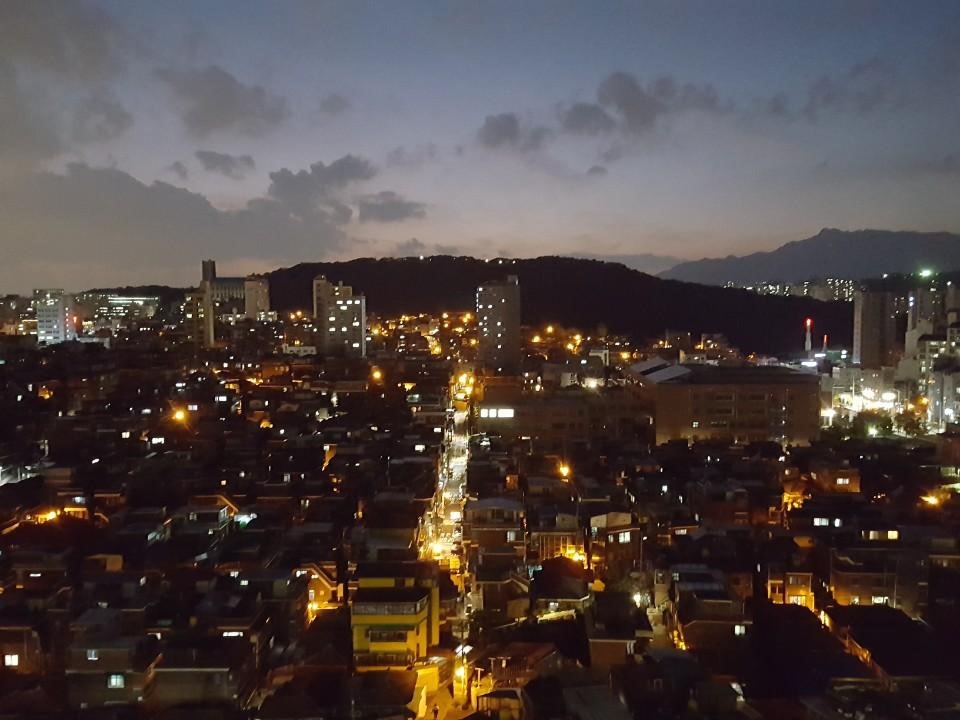ordinarylife
일본 낙농가 생산비 증가로 유제품 소비 촉진 운동 본문
일본 낙농가 생산비 증가로 유제품 소비 촉진 운동
다양한 제품 출시 및 공항등에 유제품 촉진 홍보 활동

Photo: ごんちー / PIXTANational
Struggling Japanese dairy producers betting farm on new markets
By Mari TokumitsuTOKYO
Japan's government and dairy associations have begun to focus on promoting increased consumption of milk and other dairy products to drive demand and help dairy farmers at a time when they are hurting from heavy production costs.
One pillar of the strategy involves raising the profile of Japanese dairy overseas in hopes of creating export markets. To do this, they have begun serving food made from dairy products to visitors at Japanese airports and tourist attractions.
This comes in addition to starting an initiative to provide milk at discounted prices at children's cafeterias, creating domestic demand.
In early June, the Japan Dairy Association, or J-milk, carried out a two-day campaign at Narita airport near Tokyo, distributing cartons of "welcome milk" to visitors from abroad in the airport's arrival hall. Visitors gathered around the campaign stands to take pictures and drink their free milk.
The milk got positive reviews, with visitors commenting on the quality after having a taste.
J-milk distributed some 3,000 cartons during the campaign. It plans to offer free milk, cheese-based foods and dessert made from fresh cream at other major airports and tourist sites in Asakusa and Harajuku, both in Tokyo, and other places to introduce Japanese dairy to tourists ahead of launching export campaigns targeting Hong Kong, Taiwan and other Asian markets.
J-milk has kicked off efforts to boost consumption because the number of farmers abandoning their operations is increasing at an alarming rate due to difficult business conditions.
According to the Japan Dairy Council, the number of dairy farming households in all prefectures apart from Okinawa fell to 10,861 in April, down 7.3 percent from a year earlier, with the decline attributed largely to soaring feed prices.
Numbers of dairy farmers have been steadily declining in recent years. There were 17,430 such households a decade ago, nearly 38 percent more than the most recent figure.
In Chiba, one of the nation's leading livestock husbandry prefectures, local farmers and others concerned held a "Milk Festival" on the first Saturday and Sunday of June to coincide with "Milk Month."
The event attracted families and others who enjoyed tasting the local milk and gelato. Many waited in line to experience simulated cow milking.
"We want people to learn about dairy husbandry through opportunities of this kind and hope some are willing to take jobs in the industry," said Naoe Yuasa, 37, a dairy farmer in Funabashi and one of the event organizers. "Although I am having a tough time, quitting is not an option," she said.
"Feed prices have risen sharply, but I'll keep doing my best," said Michiyo Nishioka, 41, a farmer from the city of Yotsukaido.
Operational costs will rise further in the summer due to the need to run air conditioners to keep the animals cool in their enclosures at a time when electricity prices are high due to soaring energy prices.
While some farmers are considering raising wholesale prices of raw milk to major dairy manufacturers in August, Hideyuki Takahashi, head of the Chiba prefectural federation of dairy cooperative associations, says the government needs to "explain the reason for the price hike to consumers to gain their understanding."
In April, the Ministry of Agriculture, Forestry and Fisheries set up a study panel to create a mechanism enabling dairy farmers to pass on costs to consumers.
But as prices of non-dairy food products and daily necessities also rise, efforts to stimulate demand will be key, as the situation would be completely counterproductive if milk consumption were to fall due to the price hikes.
Through government subsidies to dairy manufacturers, the ministry also plans to make discounted milk available at children's cafeterias, where kids from families who are hurting financially can eat free or low-cost meals.
Children who use the diners will also be provided with discount coupons, which they can use to buy milk at stores.
"We want to raise public awareness of milk as a beverage that provides the nutrition children need for their growth," a ministry official said.
© KYODO'영어독해' 카테고리의 다른 글
| 기록하다 Japan records best-ever monthly visitor numbers in March (0) | 2024.04.18 |
|---|---|
| Elon Musk’s latest petty move targeted The New York Times and others (0) | 2023.08.17 |
| 일본 어부 조차 IAEA의 원전수방류 안전 언급에 두려움 (0) | 2023.07.05 |
| 일본 사각형 수박 수출 (0) | 2023.07.04 |



